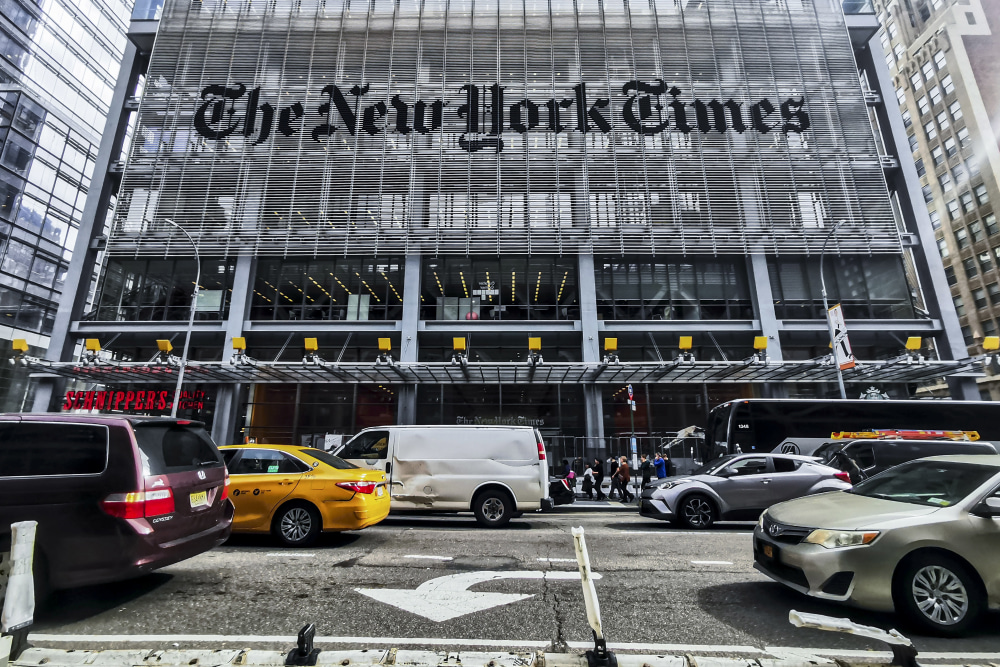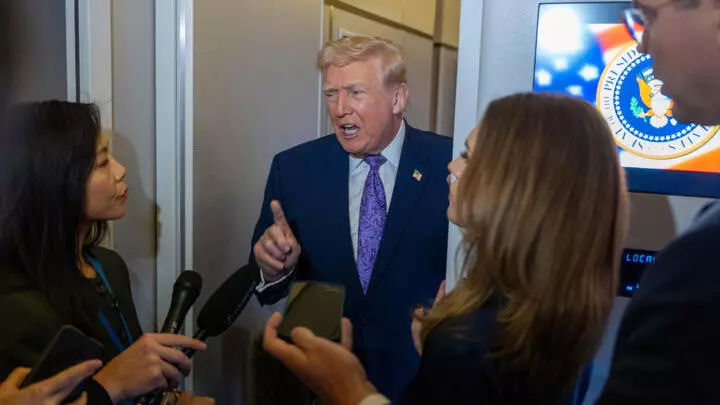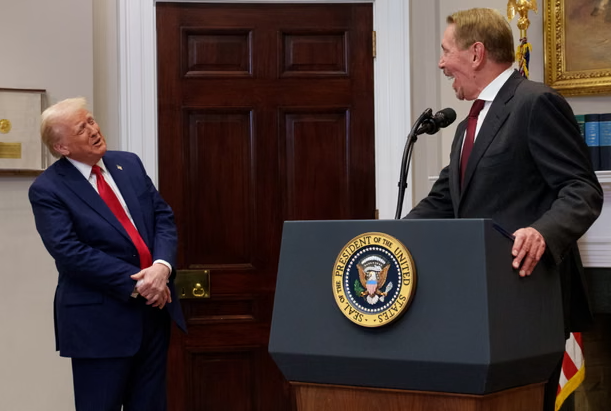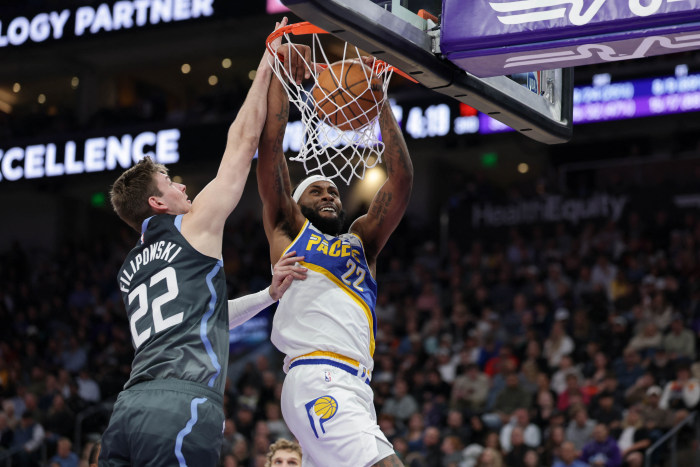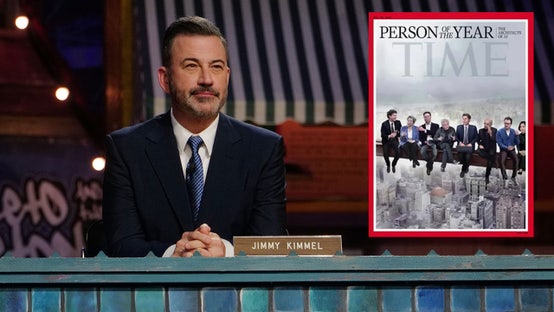
This article is more than
1 year oldCNN chief Mark Thompson outlines his plan to transform the network for the future: ‘It’s time for a revolution’
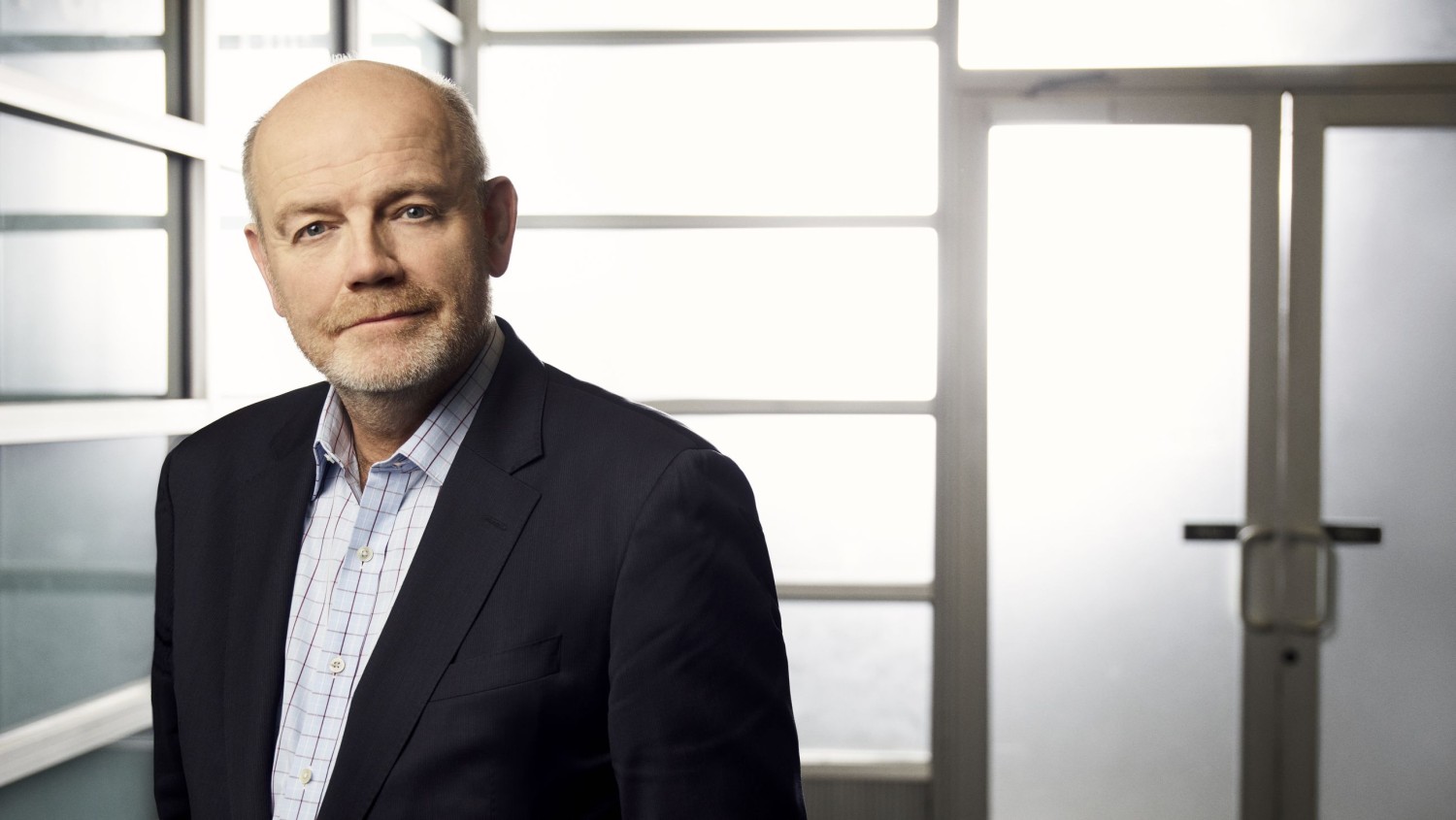
Editor’s Note: A version of this article first appeared in the “Reliable Sources” newsletter. Sign up for the daily digest chronicling the evolving media landscape here.
New York CNN — Mark Thompson, on his 100th day as CNN’s new leader, sent his 4,000-person strong workforce a 2,300-word memo that said both a lot and very little at the same time.Having spent his first few months on the job engaging in a listening tour that took him to bureaus across the world, Thompson said he was ready to formally unveil his roadmap for the iconic news organization’s future.
Thompson began his manifesto by referencing how CNN’s founder, Ted Turner, revolutionized the news by introducing a 24/7 live-feed on cable television. Thompson told his army of journalists that “technology and audiences are on the move again” and wrote bluntly about how linear television is dying at a brisk pace while digital products balloon in size. CNN, he candidly acknowledged, “has been slow to respond to the challenge,” having morphed over the years from a “scrappy outsider” to a “tenured incumbent.”
“We need to recapture some of the swagger and innovation of the early CNN,” Thompson wrote as he laid out the formidable challenges facing the entire media industry. “It’s time for a revolution.”
The revolution Thompson spoke of was, unsurprisingly, about transitioning CNN from a legacy television-focused outlet into a multi-platform destination for news and news-adjacent content, giving the organization not only different ways to reach audiences, but perhaps more importantly diversifying its business model, which is in grave jeopardy as the cable bundle collapses. Thompson said CNN “will still stand for the same things – video-led breaking news, delivered as it happens with honesty and insight – but with greater flexibility about the how and multiple new forms of monetization to complement existing revenues.”
“We need to organize around the future, not the past,” Thompson declared, though he went out of his way to send love to the television teams, describing the division as “one of the jewels in our crown” that will “play a central and vital role in CNN’s success as far out as the eye can see.”
To help steer the ship, the newly minted CNN boss announced his leadership team, keeping the quadrumvirate of seasoned hands who led the organization after the firing of former CNN chief Chris Licht in place. That group, colloquially known internally as “The Quad,” is comprised of Virginia Moseley, executive vice president of editorial; Amy Entelis, executive vice president of talent; Eric Sherling, executive vice president of programming; and David Leavy, chief operating officer.
In other words, Thompson opted out of shaking up the c-suite ranks, which had been a topic speculated on inside the company for some time. Instead he signaled a vote of confidence in “The Quad” by empowering them with expanded responsibilities. Most notably, Thompson named Moseley as the network’s first executive editor, announcing he will unify CNN’s domestic and international operations under one roof, reporting to her. Mike McCarthy, who has for years led CNN International, will become managing editor of CNN, reporting to Moseley, Thompson said.
Instead of subtracting from “The Quad,” Thompson decided to grow it to a quintet by formally announcing that Alex MacCallum will once again join forces with him — and CNN — as the network’s executive vice president of digital products. Thompson said MacCallum, who worked closely with him as they modernized The New York Times, will lead a team “focused on developing the products and the subscription and other relationships with users that will make CNN once again indispensable to younger, as well as older audiences, and secure our economics into the future.”
Outside the personnel moves, there was little granular detail in Thompson’s manifesto about transforming the organization into the digital behemoth he spoke of. Those looking for specifics will have surely been disappointed. The memo was a broad look at CNN’s past, its present and where it needs to go in the future to continue to thrive as a world class news organization. But how it finds a way to arrive at its final destination and what it looks like after it touches down there were left up in the air.
That is something Thompson, himself, acknowledged. Thompson said he wanted to give MacCallum, who will officially join CNN in March, “time to develop her plans after her arrival,” granting that would mean “it will be a while before we can share details of the new roadmap.”
Regardless of what that final roadmap looks like, it will unquestionably result in organizational changes, which will translate into cuts in certain areas. While Thompson didn’t explicitly say this himself, he telegraphed as much in his memo.
For instance, he wrote, “Expect to see us also looking hard at how best to put our TV production machine on a sustainable footing.” (Thompson stressed he wanted to do so “without weakening” the product).
How many cuts will be required from parts of the organization to grow the others remains to be seen. The one certainty the CNN chief signaled to staffers is that, as the organization embarks on a journey of necessary metamorphosis, they must become acquainted with change.
“Change is essential if we’re to secure this great news company’s future,” Thompson wrote. “It brings uncertainty – that I’m afraid is inevitable – but in my experience, it’s also often rich in personal and shared opportunity. As we enter this new chapter in CNN’s storied history, I’d encourage you to take a leaf out of Ted Turner’s book. Let’s build with confidence. Let’s fulfill our mission. Let’s learn some new tricks. Let’s look after each other. Let’s have some fun.”
